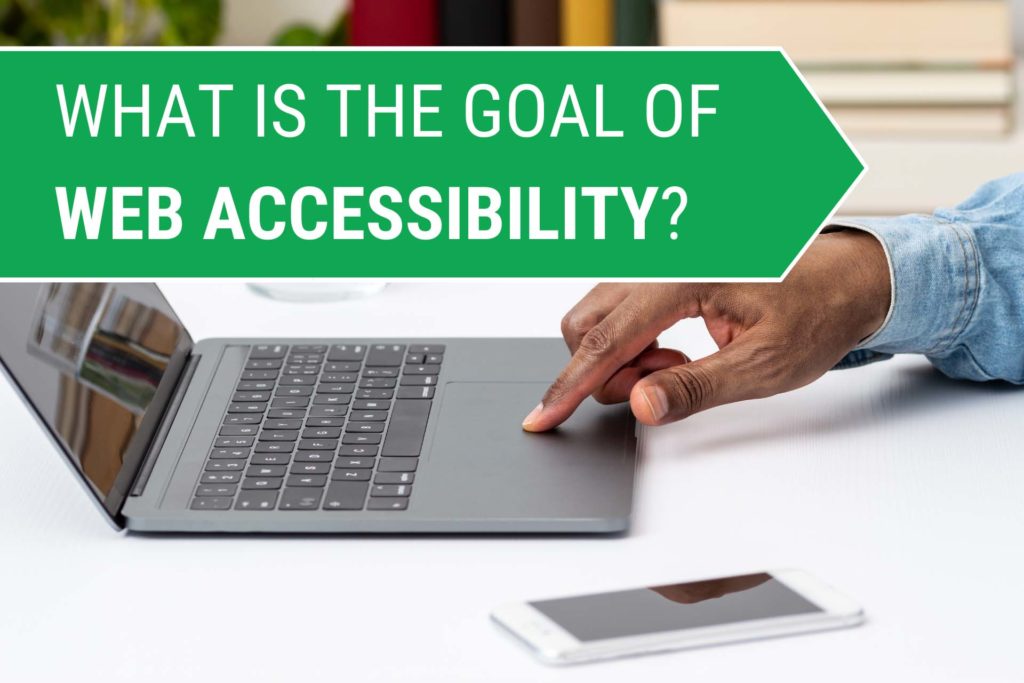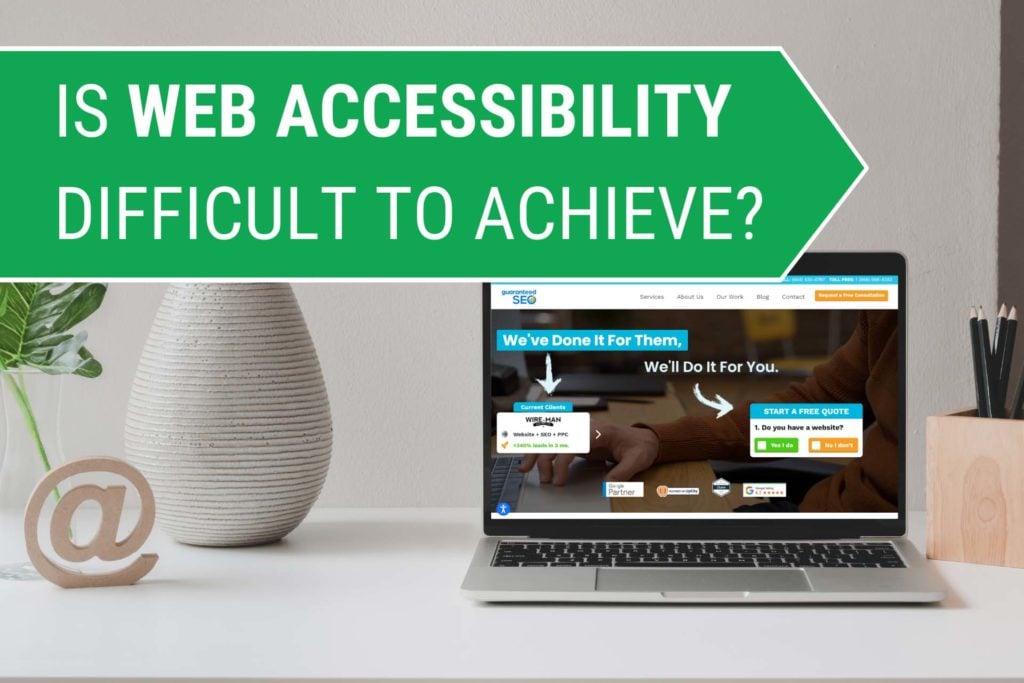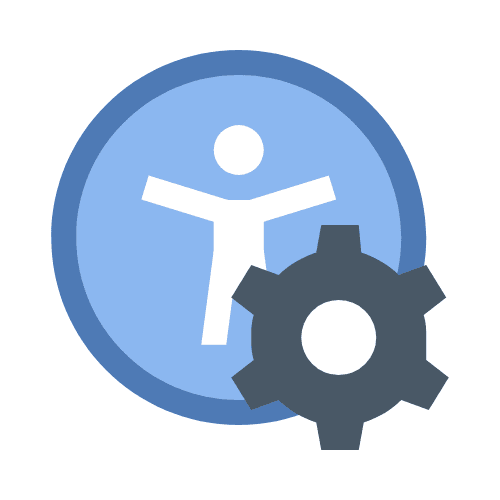Did you know that in many jurisdictions in the world including America, Europe and Canada a website is legally required to be accessible to people with disabilities including visually impaired, blind, deaf, and neuro muscularly disabled among others?
The aim of website accessibility is to allow website access to all users no matter their disability. Aside from being a powerful enabler for those with disabilities, it is also a great opportunity for website owners to be able to reach over 20% more people!
That’s right, over 20% of people have some form of disability, from hearing loss, or age-related visual degradation to war veterans with missing limbs and stroke victims with long-term nervous system damage. That means there are a lot of people who are potential customers of what you offer, be it products for sale or accounting services, who cannot navigate or use your site unless you are ADA (Americans with Disabilities Act) compliant.
There are several pieces of legislation that deal with web accessibility. Because of the growing use of the Internet, several nations have included web accessibility into existing civil rights legislation or enacted new ones. This includes the Americans with Disabilities Act (ADA), Accessibility for Ontarians with Disabilities Act (AODA), European Union Electronic Commerce Directive (EEE), and a slew of other laws. The WCAG 2.0 is the global web accessibility standard, and its guidelines have been referenced in most web accessibility legislation.
The main thrust of all web accessibility legislation is that people with disabilities should have equivalent access to the same information and services as everyone else. This means that people with disabilities can use the web to its fullest potential.
The Americans with Disabilities Act (ADA) is the most well-known of a slew of laws that regulate websites across much of the world. In essence, it forbids prejudice against anyone based on their ability or disability. It resulted from a two-year campaign to promote civil rights for disadvantaged groups, including people with disabilities in the United States. Disability groups, such as the National Federation of the Blind, had lobbied for years for a law that would make it illegal to discriminate against people with disabilities.
The ADA was enacted in 1990 and amended in 2008 with the addition of web accessibility provisions. The ADA requires that all public sector agencies and organizations that serve the public (including businesses) must make their websites accessible to people with disabilities.
The AODA was enacted in 2005 and amended in 2010. It applies to private sector organizations in Ontario, Canada and requires them to make their websites accessible to people with disabilities.
The EEE was passed in 2000 and amended in 2009. It requires all commercial websites in the European Union to be accessible to people with disabilities.
The Web Content Accessibility Guidelines (WCAG) 2.0 is a global web accessibility standard. It was released in 2008 and has been referenced in most web accessibility legislation since then. The WCAG 2.0 is a set of guidelines that web designers and content creators can use to make their websites more accessible to people with disabilities.
The WCAG 2.1 guidelines require web designers and content creators to make their websites accessible to people with disabilities in four main areas. A website is required to be:

Web accessibility is important because it ensures that people with disabilities can use the web just as well as everyone else. This means that they have access to the same information and services. People with disabilities should be able to use all the features of a website, including text, images, videos, and forms. They should also be able to use web-based services, such as online banking or shopping.
Web accessibility is important because it ensures that everyone has equal access to the web. People with disabilities should have the same opportunities as everyone else to use the web to its fullest potential. The web is an important part of everyday life, and web accessibility ensures that everyone can participate equally.
Some common web accessibility issues include:

No, web accessibility is not difficult to achieve. There are a number of guidelines and resources available to help web designers and content creators make their websites more accessible. The WCAG 2.0 is a global standard that provides specific guidelines on how to make websites more accessible. There are also a number of web accessibility assessment tools and resources available to help organizations test their websites for compliance with the WCAG 2.0 guidelines.

If you are concerned about making your site accessible to all users give GuaranteedSEO a call and we can quickly implement the world’s most effective and comprehensive website accessibility solution.
GuaranteedSEO has partnered with the industry’s leading provider of AI-based accessibility tools, accessiBe.com, to bring a complete and affordable solution that in a matter of a few hours can make your site fully accessibility compliant with legal requirements.
Our solution is seamlessly integrated into your site, has very low resource utilization so it does not impact site performance and is, AI-powered so it is always looking out for issues with ongoing real-time monitoring. This is a game-changer in web accessibility, making it easier and more efficient to become accessible and compliant with machine learning and computer vision technologies.